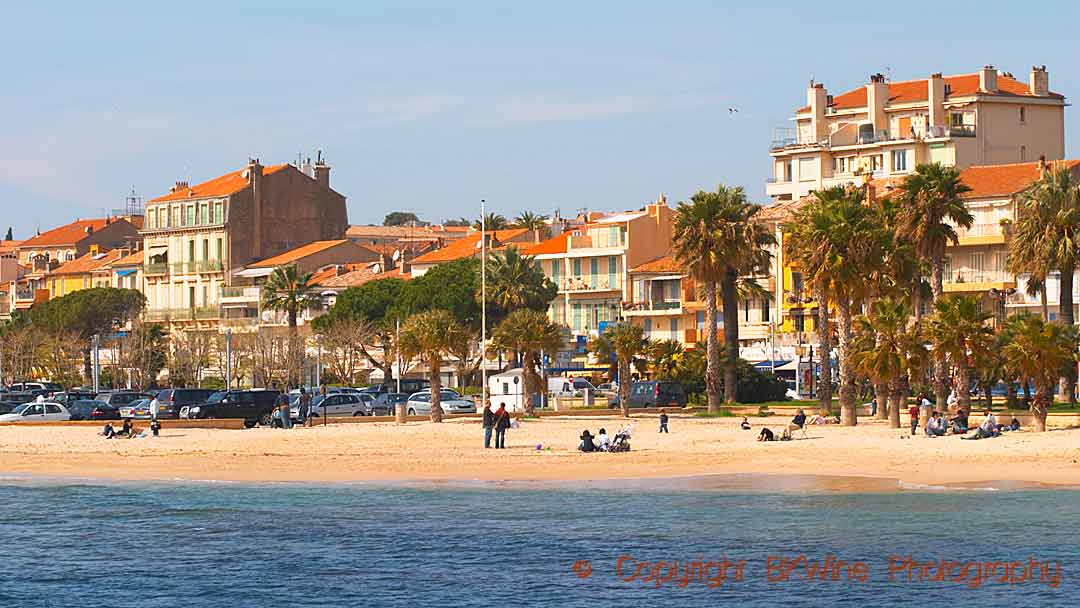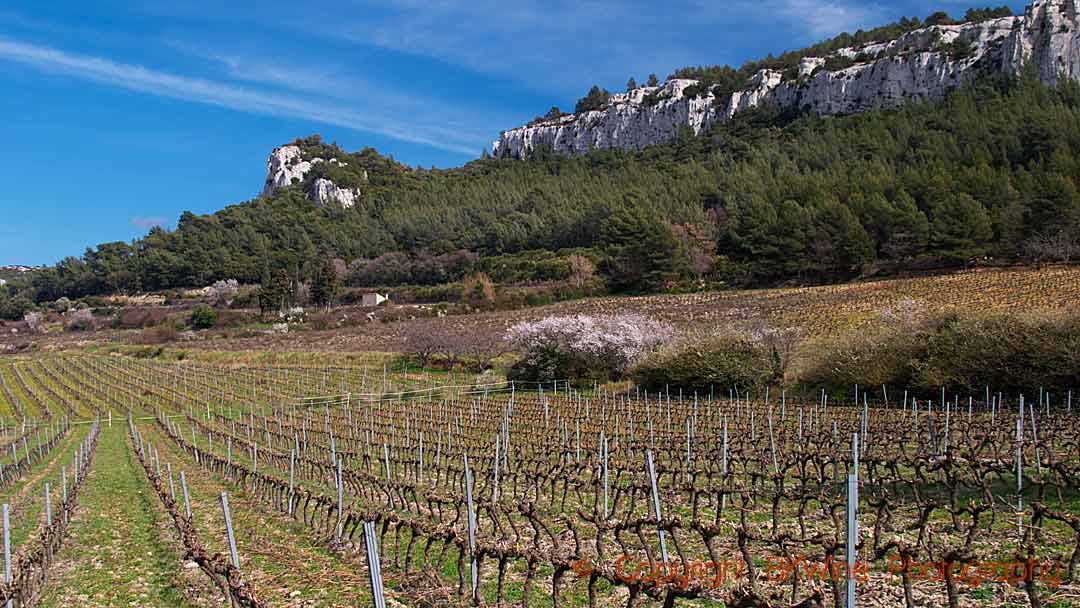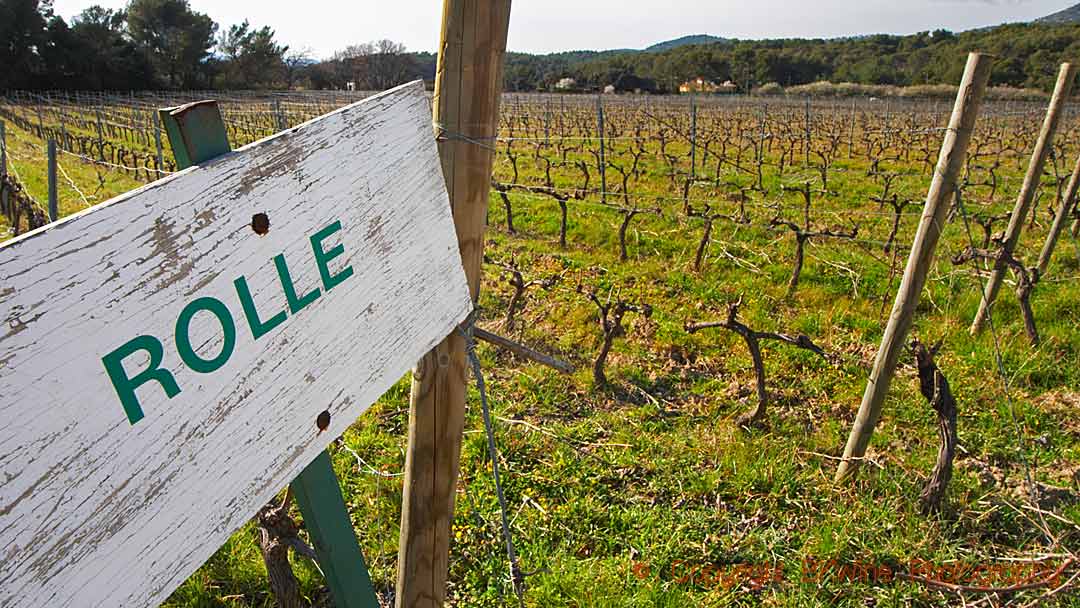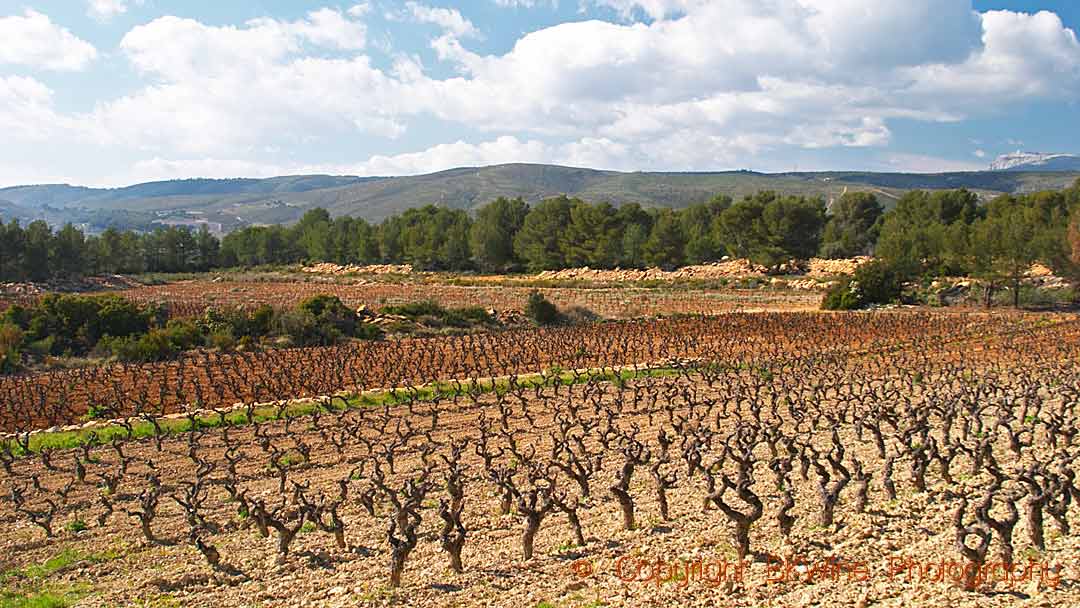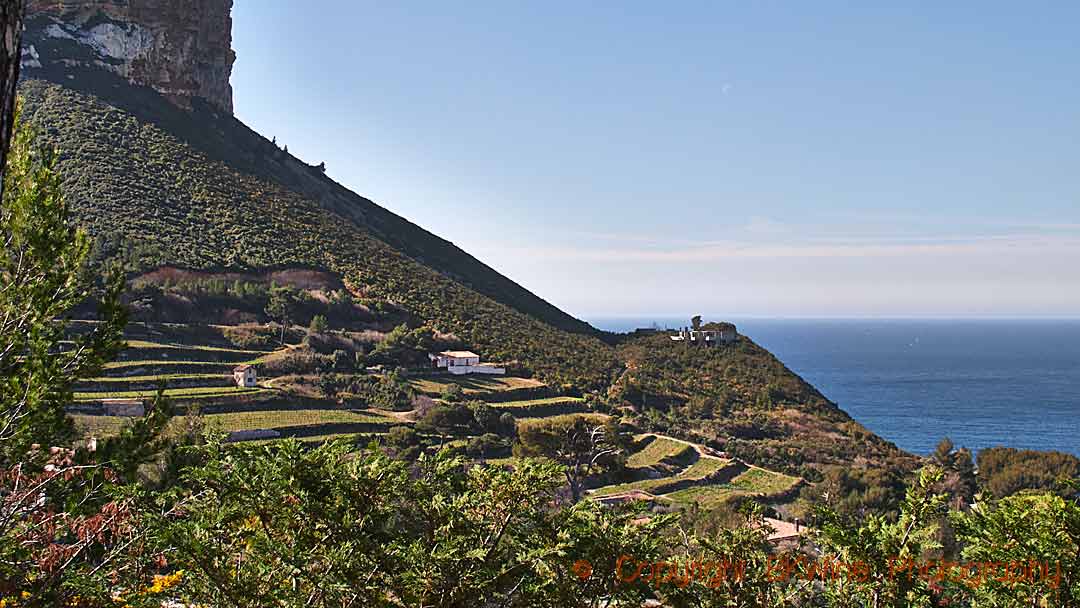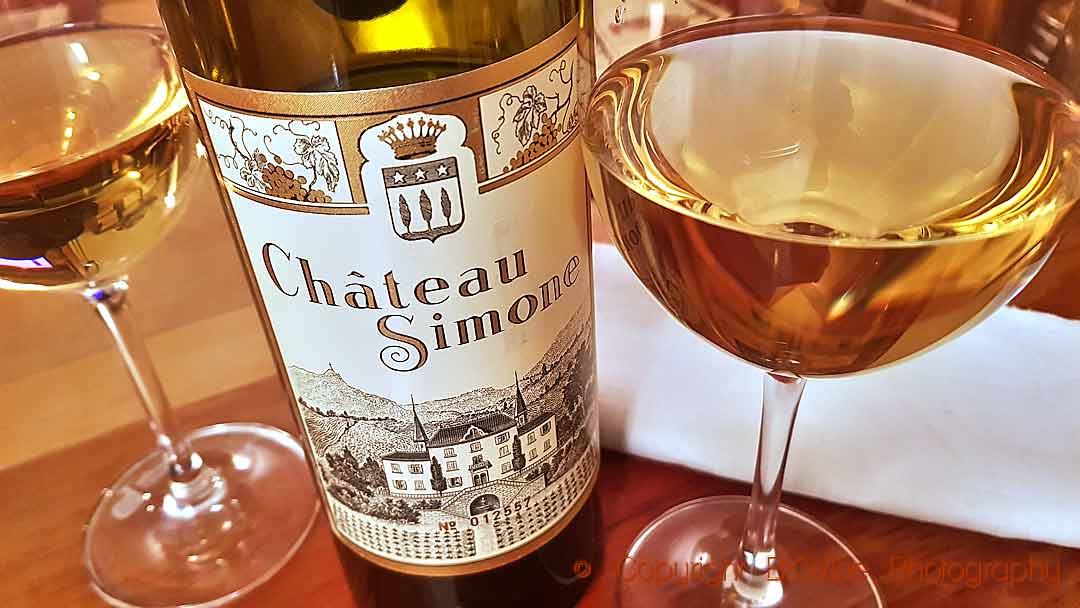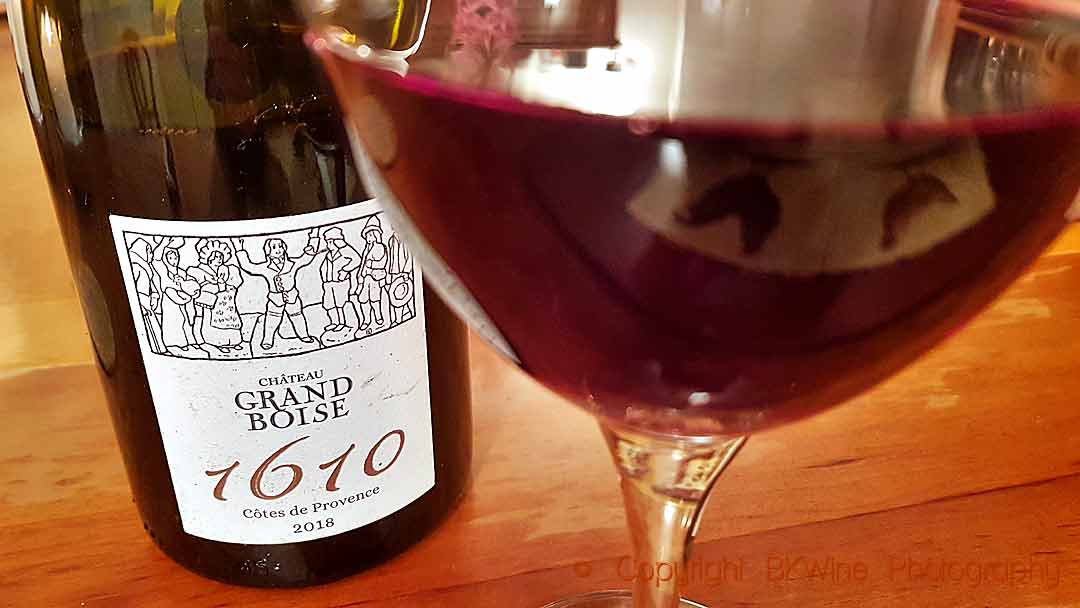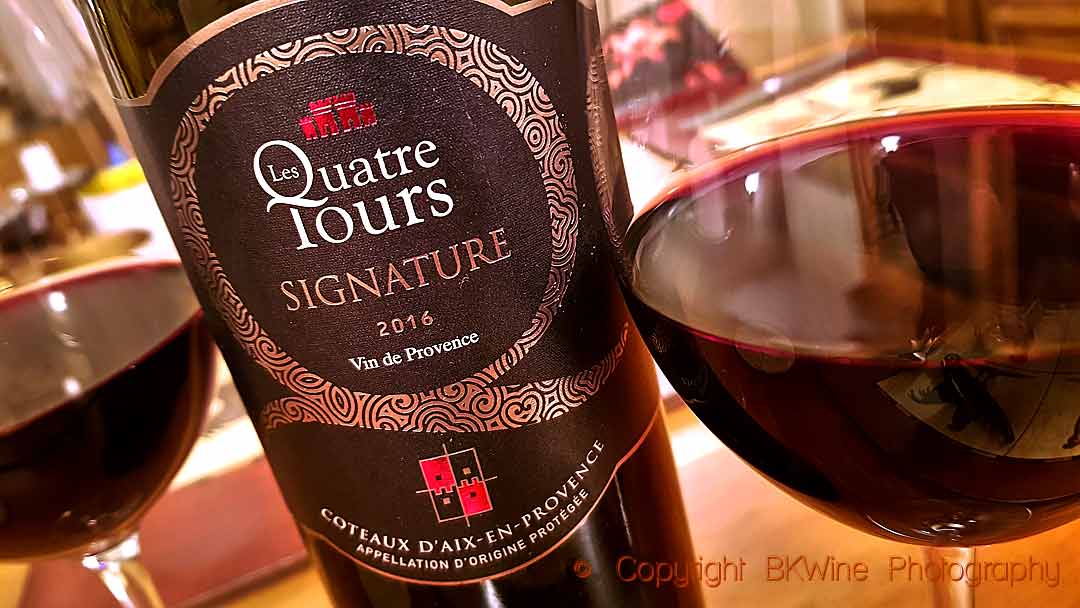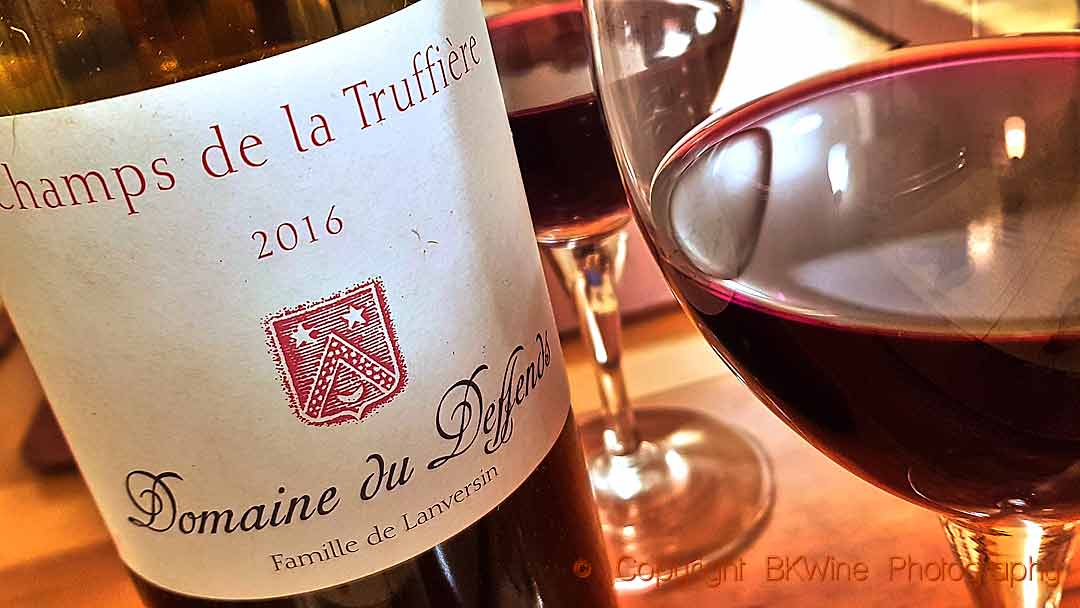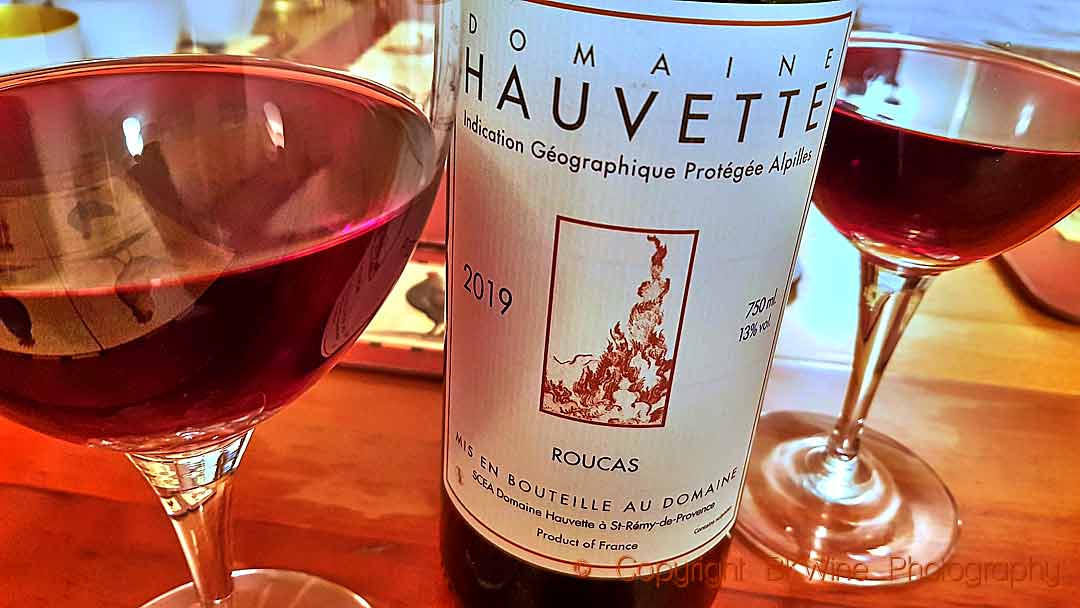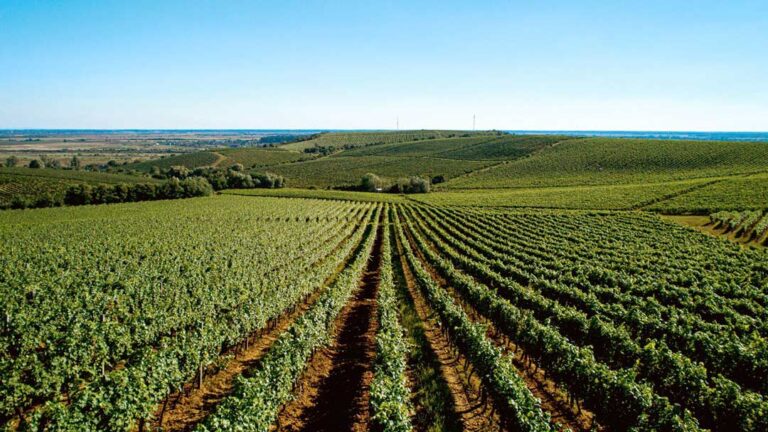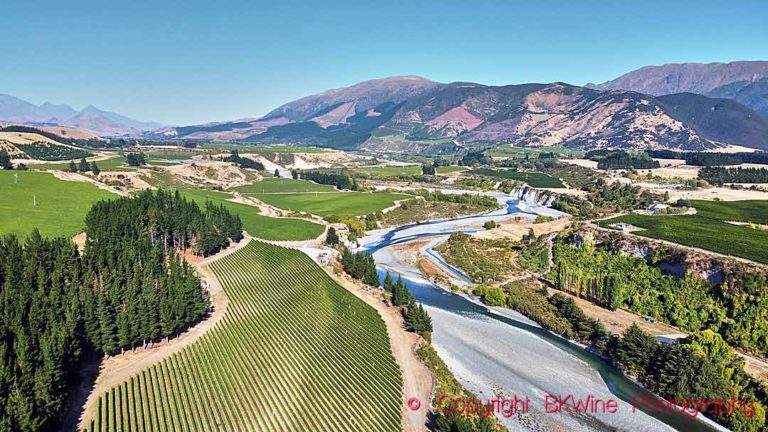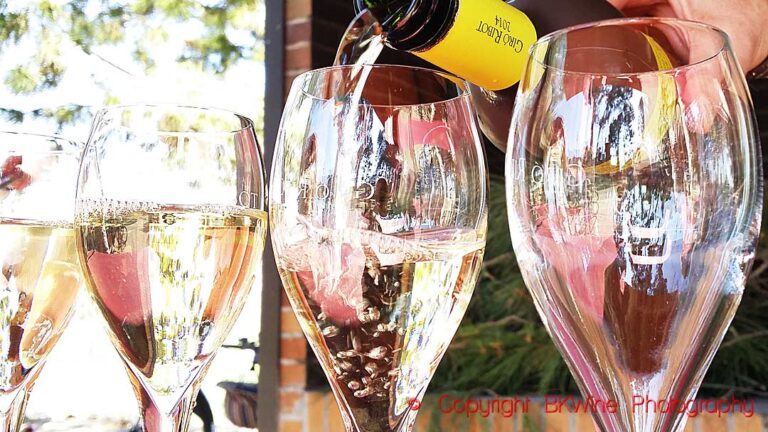Provence is beautiful, sunny and colourful. The Mediterranean is blue, the mimosa is yellow, the lavender is purple. And the wines are pink. Yes, but not all of them. The success in recent years of rosé wines has not completely suppressed the excellent red and white wines that Provence is also known for.
The production of rosé wines has exploded in Provence at the expense of other colours. Today, more than 86% of the wines in Provence are rosé. But not all producers have abandoned the tradition of making red and white wines. And often these wines are excellent. You can make great reds in this sunny climate, and there are enough cool spots to produce high-quality whites as well.
We recently had the opportunity to taste red and white wines from Provence, and these wines confirm the feeling we have had for a long time. Provence should make more reds and whites. But the pink wines are here to stay.
A shorter version of this article has been published on Forbes.com.
Given the great success of rosé wines in the export market, one cannot really blame the wine producers. Göran Boman, wine importer of wines from Provence to Sweden and author of the book Wines of Provence -Tricolour, opines: “the rosé wine is accepted as a serious wine where there are styles both for a refreshing aperitif and as a perfect partner for many dishes”.
But he laments the dominance of the rosé wines and the fact that they get all the attention because Provence can produce magnificent whites and reds. “Quality rosé wine rarely reaches the same complexity as a white or red quality wine, so I wish there were more focus on the other wine types”, says Göran. “Typical for the red wines”, he continues, “and especially the whites based on rolle (vermentino) is that despite the warm climate, they have a pronounced freshness.”
But maybe there is hope. “A producer association called ‘Rouge Provence’ has already been created”, Göran points out, “which aims to promote Provence red wines.”
We keep our fingers crossed.
A spectacular landscape
The total area under vines in Provence is around 28,000 hectares. The vineyards start east of the Rhône river delta and extend further east for about 200 kilometres, almost to Italy. The westernmost appellation is Les Baux-de-Provence south of Avignon, and the easternmost is tiny Bellet, just north of Nice. But apart from Bellet, there are not many vineyards along the Côte d’Azur. After Fréjus, the vines are scarce.
The Provencal landscape is scenic and often spectacular. The Mediterranean Sea and the mountains dominate the landscape. The vines mingle with olive trees, pine trees and palm trees. The vineyard soil is generally well-drained and rich in limestone.
Throughout Provence, near the coast, several low mountain ranges affect the weather. Summer is warm, hot in some places, and dry. The sun shines between 2700 and 2900 hours a year. But the heat varies depending on where, in relation to the mountains, you are. Many vineyards are located at such a high altitude that the producers easily retain a fresh acidity in their wines.
The northern Mistral wind, coming down from the Alps through the Rhone Valley, can feel icy cold in winter but refreshingly cool in summer. It keeps the vineyards dry and protects the vines from fungal diseases. Provence is the leader in France for organic viticulture. As much as 24% of the surface is certified organic or under conversion, far more than the French average of 13%.
Côtes de Provence is the largest appellation with around 20,000 hectares which is almost 75% av all wines made in Provence. The other appellations are Coteaux Varois en Provence, Coteaux d’Aix en Provence, Les Baux-de-Provence, Bandol, Cassis, and the three small ones, Palette, Bellet and Pierrevert.
Red main grapes are grenache, syrah, cinsault, mourvèdre and tibouren, but a small quantity of cabernet sauvignon is also permitted. The white wines are mainly made from rolle (also called vermentino), clairette, sémillon and ugni blanc. In most cases the wines are blends.
Côtes de Provence
The Côtes de Provence appellation dates from 1977. 90% of the production are rosé wines, 6.5% is red wines, and 3.5% is white.
Côtes de Provence covers a widespread area, and in recent years, five different places have been demarcated separately within the appellation, and these can add their names on the label:
Côtes de Provence Sainte Victoire is located on the lower slopes of the mighty limestone mountain Montagne Sainte Victore, close to Aix-en-Provence.
The Côtes de Provence Fréjus stretches from Saint Raphaël and roughly up to Draguignan and includes well-known wine villages such as Roquebrune-sur-Argens, la Motte and le Muy.
Côtes de Provence La Londe, between Toulon and Saint-Tropez, is magnificently situated between the blue sea and the Massif des Maures. It is well known for its white wines from vermentino.
The Côtes de Provence Pierrefeu is located north of La Londe and the Massif des Maures. So far, only 120 hectares are planted with vines.
Côtes de Provence Notre-Dame des Anges comprises ten villages, some famous ones are Les Arcs, Vidauban, Le Cannet-des-Maures and Le Luc. From all villages you can admire the highest point of the Massif des Maures, 767 meters above sea level.
Coteaux Varois-en-Provence
Coteaux Varois-en-Provence has 2,600 hectares of vineyard. They are found around the town of Brignoles. Several mountain ranges affect the climate, including the Massif de la Sainte-Baume with peaks of up to 1000 meters. The climate is more continental than Mediterranean, with very mild autumns and springs, hot summers and short but cold winters. The highest vineyards are at 500 meters above sea level. Here too, 90% of the production is rosé wines.
Coteau d’Aix-en-Provence
Coteaux d’Aix-en-Provence was granted its AOC in 1985. Initially, the focus was on red wines. In 2000, when we made our first wine tour to this region, 40% of the wines were red. Today, only 12% is red, and 5.5% is white. The appellation extends west, north and east of Aix-en-Provence. The total vineyard area is 4,000 hectares.
Cabernet Sauvignon has long been a favourite grape among producers in Coteaux d’Aix, ever since Georges Brunet planted it at Château Vignelaure in the 1960s. Brunet also owned Château la Lagune in Médoc at the time. He was the first to plant cabernet sauvignon in Provence and to blend it with syrah. It proved to be a splendid idea. The grape is now well established in the region around Aix-en-Provence.
But when the rules were to be decided for the new appellation in 1985, the producers had to fight to have cabernet sauvignon included. Indeed, they would have liked more but had to settle for a maximum of 30%. INAO, the institute overseeing the French appellations, argued that cabernet sauvignon is not in its natural environment here and that the grape, in the warm Provence climate, tends to dry out the fruit in the wine. Many producers disagreed.
Les Baux-de-Provence
Les Baux is in the far west of Provence and 40 kilometres south of Avignon. The vineyards are located around the picturesque town of Saint-Rémy-de-Provence and at the foot of the cliff from where the old village of Les Baux, with its impressive fortress from the 10th century, overlooks the surroundings.
The Alpilles, a low range of limestone mountains, give the landscape a particular character, barren and wild in places but also typically Provencal with lavender fields and picturesque villages. This is the Provence that Alphonse Daudet described in his “Letters from My Windmill”, Frédéric Mistral wrote poetry about and that Vincent van Gogh, who spent time in Saint Remy, immortalized in more than 150 paintings.
The production in Les Baux is actually almost 50% red wines. A pity the vineyard surface is only around 250 hectares.
AOP Palette
Very close to the town of Aix-en-Provence is Palette, a small appellation with only 48 hectares. The vineyards are located on gentle limestone slopes opposite the Montagne Sainte-Victoire, the mountain that Paul Cézanne loved to paint.
Palette received its AOC in 1948 thanks to one single estate, Château Simone, where the monks had made highly-rated wines as early as the 16th century. The chateau has a magnificent barrel cellar, excavated by the monks at this time. Today, Palette consists of Château Simone and three other wine estates.
Château Simone is one of the great classics in Provence. The Rougier family, the current owner family, replanted the entire property after the phylloxera and many of these vines remain. Some plots have vines that are more than 125 years old.
Bandol and Cassis
Bandol is a small town beautifully located by the Mediterranean, near Toulon. The appellation has always been known for its high-quality red wines made with the powerful mourvèdre grape. The vineyards are located on slopes, sometimes on terraces, often with breathtaking views of the sea. They cover 1,500 hectares.
Already twenty years ago there was significant demand for rosé wines in Bandol, but it has never been as high as it is today, 73%. The proportion of reds has shrunk to 22%. The rare white wines make up the rest.
West of Bandol is Cassis, an appellation that has long been famous for its white wines. And they have managed to hold on to their original identity. The white wines still dominate. But of course, it is more difficult to switch to rosé wines if you have white grapes in your vineyard. The total area is 215 hectares. The grapes are marsanne, clairette, ugni blanc, sauvignon blanc and the unusual local grape pascal blanc.
Whites and reds from Provence
A few white and red wine recommendations from Provence from a recent tasting (wines from Göran Boman’s portfolio).
White wine
Domaine Gavoty Grand Classic Blanc 2018, Côtes de Provence
~12 euro (all prices are approximate European retail prices)
Domaine Gavoty is in the village of Cabasse, just east of Brignoles. Gavoty has long been known for its wines made from rolle/vermentino. It was planted on the property in 1970. At the time the grape, even though typical for Provence, was not much grown in the region. The owner took cuttings from Bellet, the small appellation north of Nice, and the grape proved to thrive in Gavoty’s clay and limestone soil with good water-retaining properties. The large temperature differences in summer (40 degrees C during the day, 15 at night) give freshness to the wines.
This white Gavoty Grand Classic is 100% rolle. The wine is light and refreshing in style, a bit discreet on the nose but expressive on the palate with green apples, pears and citrus. Quite typical of the grape.
Château Simone 2018 Blanc, AOP Palette
~40 euro
Château Simone deserves its good reputation. This is a gorgeous white wine, dominated by clairette, an old variety in Southern France but today rather rare. The other grapes are grenache blanc, bourboulenc, ugni blanc and muscat. It is aged in large oak barrels for 18 months, six of them on the less. The wine has an excellent texture and structure, with aromas of apricot and flowers and a hint of honey, a delicious wine. It has good ageing potential if you want, but it can definitely be drunk young. The price is quite high but it is a legendary Provence producer and a unique and rare wine.
Red wines
Château Grand Boise 1610, 2018, Côtes de Provence
~26 euro
Château Grand Boise is a magnificent property overlooking the Montagne Sainte Victoire. It is a large estate with 500 hectares of forest and 45 hectares of vineyards divided into many smaller plots. The vines grow at altitudes of between 300 and 640 meters.
Syrah is the main grape in Grand Boise 1610 and it is blended with grenache and a little bit of cabernet sauvignon. It has intense aromas with hints of roses. It is light and elegant, with great complexity and length. An excellent wine.
Quatre Tours Signature 2016, Coteaux d’Aix en Provence
~10 euro
Les Quatre Tours is a small and ambitious cooperative founded in 1924. The phylloxera had devasted the vineyards and to get through this challenging period the winegrowers got together. Les Quatre Tours currently has around 35 members whom the coop specialists help with the vineyard work throughout the year.
Les Quatre Tours Signature 2016 is delicious and quite powerful, intensely fruity with lots of dark berries in a drink-friendly style without lacking structure. The grapes are 40% each of syrah and cabernet sauvignon and 20% grenache. It is aged, mainly in tanks and a small part in oak barrels, for six months, before being bottled with a very light filtration.
Domaine du Deffends, Champs de la Truffière 2016, Coteaux Varois en Provence
~18 euro
Jacques de Lanversin bought Domaine du Deffends in 1963. It was in a bad state at the time, but today it is a very highly regarded wine estate. Champs de la Truffière is their top wine, made from syrah and cabernet sauvignon. As the name indicates, you can find, if you are lucky, black truffle in the vineyard.
The wine is superb. It is refreshing with lovely dark fruit aromas, intensity and complexity. Cabernet sauvignon gives it a good structure. You feel the tannins, but everything is in balance. The wine can be enjoyed now but can easily handle additional ageing for those who prefer softer tannins.
Domaine Hauvette Roucas 2019, IPG Alpilles (Les Baux)
~25 euro
One of the big stars in Les Baux, indeed in France, is Domaine Hauvette. We got to know this estate already in the early 1990s, only a few years after Dominique Hauvette’s first vintage in 1988. We had just moved to France and were lucky enough to find a wine shop near where we lived that hosted tastings with new, promising growers from the south of France, some of them future superstars, such as Dominique Hauvette. (Another was Peter Fischer at Château Revelette.)
Roucas 2019 is light and fruity in style, very elegant, with a long and complex finish. Here are lovely aromas of fresh herbs, and a good structure with firm but balanced tannins. It is vibrant and delicious. I enjoyed drinking it now, though it will keep for some time. Grenache dominates the blend. Dominique makes mostly red wine, always well-structured and elegant.
A shorter version of this article has been published on Forbes.com.



